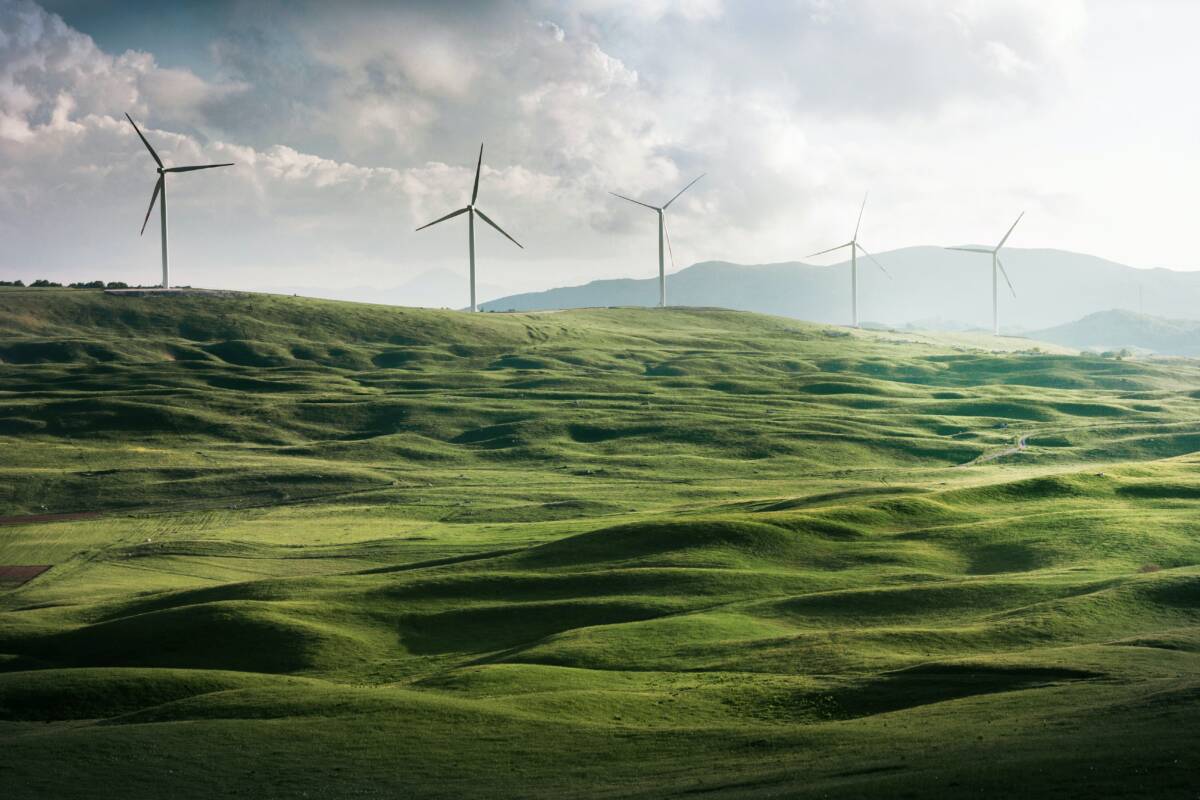
After Global Stocktake of COP28: Decarbonizing the Energy Sector in Southeast Asia toward Post ASEAN Vision 2025
Jakarta, April 26, 2024 – At COP28, a decision was made to adopt a global stocktake (GST). The decision acknowledged that the world is facing challenges i... Read more.

The Earth Day and Indonesia’s Climate and Energy Agenda Forward
Jakarta, 10 May 2023 – The celebration of Earth Day reminds us that there is only one planet we live on, it provides many benefits for human civilization,... Read more.
